Injectable dermal fillers are gel-like substances that are injected beneath the skin to restore volume, smooth lines and soften wrinkles, or enhance facial contours. The popularity of dermal fillers has grown rapidly in recent years because they produce dramatic, rejuvenative aesthetic improvements that were previously only achievable with surgery. Plus, dermal fillers are less costly than surgery and have limited-to-no recovery time. Although results from dermal fillers are temporary, the newest fillers on the market have been formulated to last as long as 2 years.
In 1981, bovine collagen was the first agent to be approved by the FDA for cosmetic injection. (Facial Plast Surg. 2009) Since then, a variety of dermal fillers have been approved by the FDA, which vary based on their chemical makeup, duration, and degree of softness. For example, softer fillers are used in the lips, while sturdier fillers might be desired to enhance cheekbones. In general, dermal fillers are categorized based on the substance they are made from. Below are the various categories of dermal fillers along with examples of each.

Hyaluronic acid
Hyaluronic acid dermal fillers are the most popular category of dermal fillers. Hyaluronic acid is a substance that is naturally produced by the body. The highest concentrations are found in the skin, inside joints, and within the eye sockets. The role of hyaluronic acid is to increase moisture, retain collagen, and provide elasticity and flexibility. It accomplishes this based on its structure as an anionic, non-sulfated glycosaminoglycan. In simple terms this means it is a large sugar molecule that serves to attract and bind water molecules, thus keeping the skin hydrated as well as giving it volume.
Hyaluronic acid dermal fillers can restore a more youthful appearance by filling out wrinkles and skin folds and replacing lost facial volume. Research has shown that repeated injections can stimulate the body to produce its own collagen, resulting in added firmness and support. The duration of these fillers varies based on the product and can range anywhere from several months to over a year or two.
FDA-approved hyaluronic acid dermal fillers include:
- Juvéderm products: Juvéderm XC, VOLUMA, VOLBELLA, VOLLURE
- Restylane products: Restylane, Restylane Silk, Restylane Lyft, Restylane Refyne, and Restylane Defyne
- Belotero Balance

Calcium hydroxylapatite
Calcium hydroxylapatite is also a naturally occurring substance that is present in our bones. It is a mineral-like compound, making it thicker than hyaluronic acid fillers and also the heaviest of all dermal fillers. According to the American Board of Cosmetic Surgery, calcium hydroxylapatite has been reported to help stimulate natural collagen production, and it is typically used for deeper lines and wrinkles. The only FDA-approved calcium hydroxylapatite dermal filler is Radiesse. Radiesse produces results that last a year or more in many patients.
Poly-L-lactic Acid
Poly-L-lactic acid is a synthetic substance that is biocompatible (meaning it is safe to use in the body) as well as biodegradable. In fact, before it was used as a dermal filler it was used for many years in medical devices, such as dissolvable stitches.
Poly-L-lactic acid dermal fillers are classified as collagen stimulators based on their mechanism of action: they smooth fine lines and wrinkles by helping skin rebuild natural collagen, with the filler gel itself dissolving a few days after treatment. These fillers are mainly used to treat deeper facial wrinkles and produce results that can last more than 2 years. The only FDA-approved Poly-L-lactic acid dermal filler is Sculptra® Aesthetic.
Polymethylmethacrylate (PMMA)
Polymethylmethacrylate (PMMA) is a synthetic, biocompatible substance that has been used for much of the last century in permanent surgical implants. When used as a dermal filler, PMMA takes the form of a “microsphere” or tiny ball, that remains beneath the skin to provide continued support. PMMA fillers also contain collagen to provide additional structure and firmness.
PMMA fillers are most commonly used to treat medium-to-deep wrinkles, folds and furrows, particularly nasolabial folds. They can also be used to fill out pitted scars and to augment thin lips. A drawback of PMMA fillers is that multiple injections are needed to create volume and it can take up to three months to realize the full effects.
FDA approved PMMA fillers include Bellafill® (formerly known as Artefill).
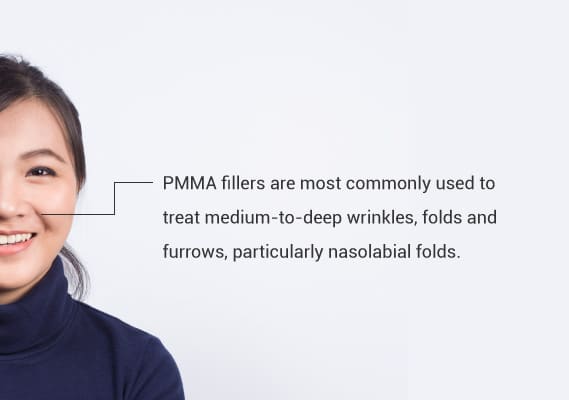
Which dermal filler is right for you?
As you can see, there are many different dermal filler products on the market. Each product is uniquely formulated to have a particular texture, density, and injection depth, which means that certain fillers work better for particular areas of concern. Board-certified dermatologist and dermatologic surgeon Dr. Jessica Krant is highly skilled and experienced to help you make the best decision when it comes to deciding which dermal filler is right for you. Take the first step toward a refreshed and rejuvenated appearance by scheduling a consultation with Dr. Krant at Art of Dermatology located in Manhattan.
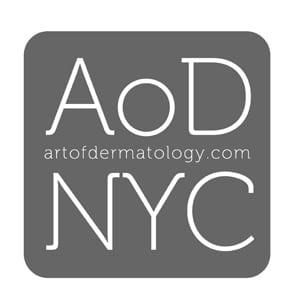
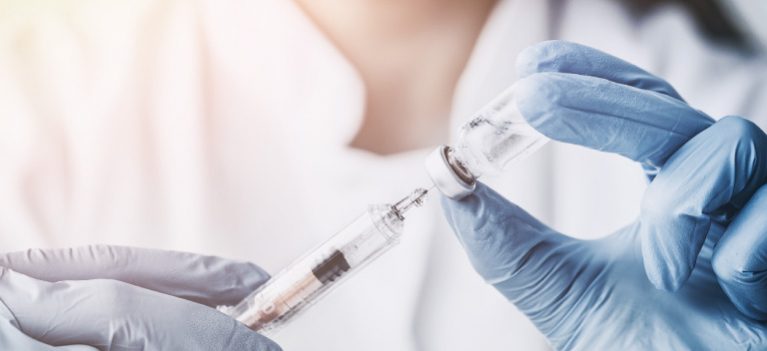

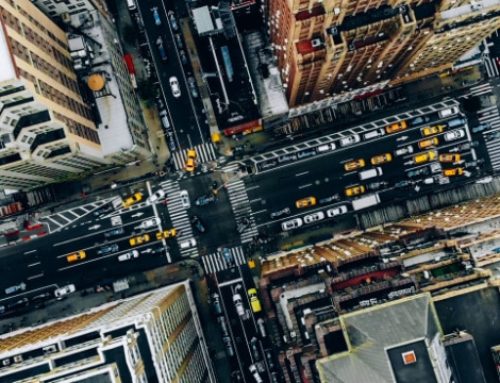
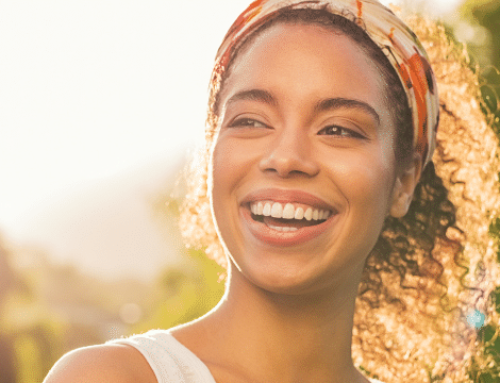









Leave A Comment